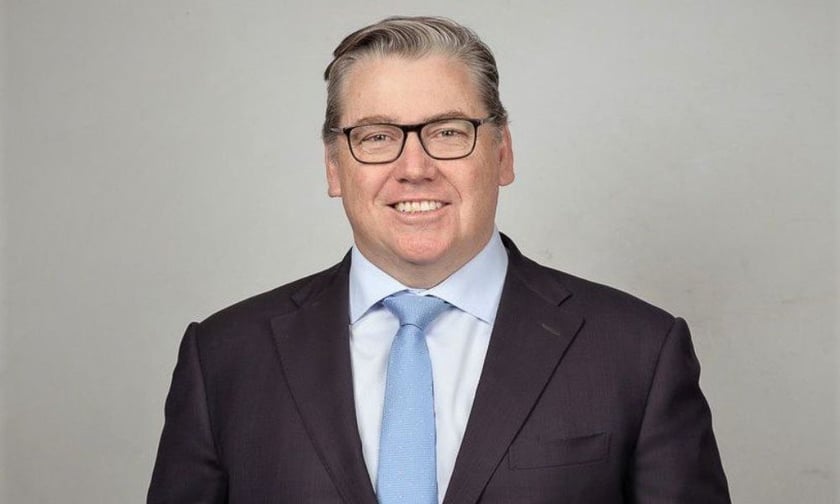

Treasury is exploring mandating standard definitions of hazard terms in insurance contracts. The same review is also looking at changing the standard cover regime. Insurance Business is consulting with brokers and insurers to find out the industry’s position.
So far, the majority of brokers interviewed by IB support hazard term changes that would add clarity to policies but are wary of restricting coverages.
“Mandatory or consistent definitions, whichever way you phrase it, I don’t mind,” said Sydney-based Hill. “I think that’s a positive thing, that we get consistent definitions particularly around perils.”
He said establishing consistent definitions is important.
“What I wouldn’t like to see is limited optionality for customers, particularly through brokers,” said Hill. “How do we ensure that they retain options to provide the right advice and the right risk transfer to those customers, whether that’s personal lines, home and motor, or whether that’s SME.”
Hill said achieving consistent hazard terms is one “aspect” of the industry challenges that need addressing “to get the right outcomes for customers.”
At the Claims Leaders Summit in Sydney in May, QBE‘s Dr Joanna Aldridge was able to provide historical perspective on the hazard terms definitions issue.
Aldridge, QBE’s Group head of catastrophe modelling research, was on a panel discussing catastrophe preparedness and claims handling. She offered a personal view from her two-decade industry career.
Aldridge was working at IAG in the wake of the devastating east coast floods of 2010-11.
“It’s sad to see that the industry has walked away from it [standard definitions],” said Aldridge. “I think we’re seeing history repeat.”
Following this “bad phase of flooding” in 2010-11, she said IAG brought in some standard definitions and pricing models. Aldridge said at that time there were no comparable flood models available.
“So we had to start with a definition and then be able to price for it,” she said. “Over time, that’s become eroded.”
Aldridge said there is “room to revisit” standard definitions again.
“But at the same time, the standard definitions have to be able to work,” she said. “To keep the insurer solvent, whatever the definitions are, we need to be able to model them.”
Some brokers interviewed by IB have expressed concerns about mandatory hazard definitions.
David Summers (pictured below), managing director of Ausure Insurance Newcastle, an authorized representative (AR) in the Ausure network agreed to provide his personal view.
“While standardisation might provide clarity for consumers, it could diminish the existing coverage,” said Summers. “I support standardisation only when it expands the insurance product’s coverage and clearly defines exclusions.”
Lisa Carter, CEO of Brisbane-headquartered Clear Insurance, expressed concerns about pricing.
“In a competitive insurance market, standardisation of definitions or terms could prove to be too restrictive on insurers’ pricing capabilities,” said Carter. “My view is that the focus should be on plain language contracts and definitions which clearly articulate the intention of the cover provided under the contract of insurance to avoid disputes at claim time.”
The Insurance Council of Australia (ICA) is also worried about possible restrictions.
However, some industry stakeholders would like Treasury to go further.
In its submission, the Australian Consumers Insurance Lobby (ACIL), advocated, not just for standardised hazard terms, but also for standardised insurance policy terms.
ACIL argued that standardising insurance terms across the board would improve the transparency, fairness and accessibility of insurance.
The only natural hazard definition that is standardised is ‘flood’.
What do you think of mandating hazard terms? Please tell us below
